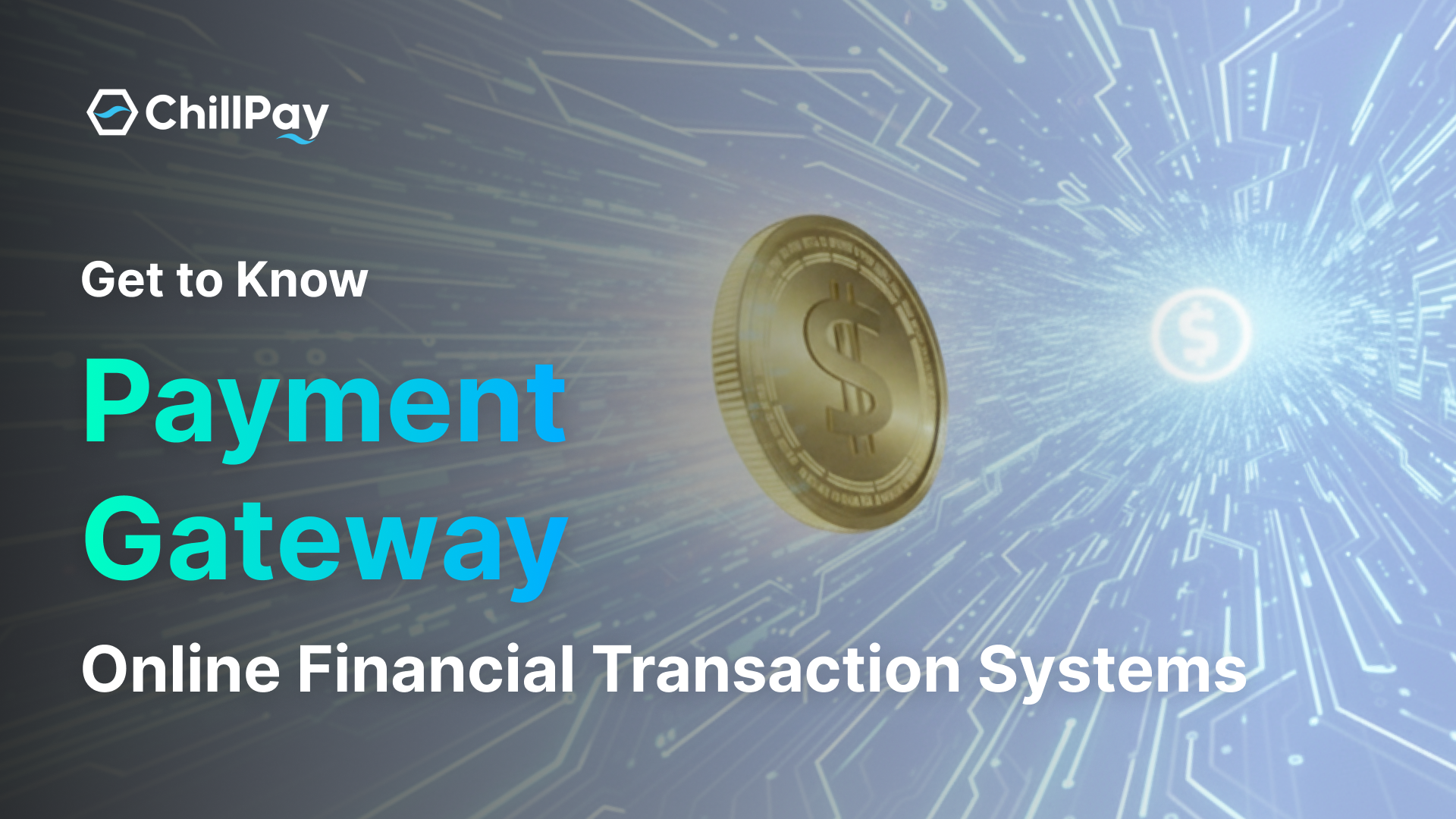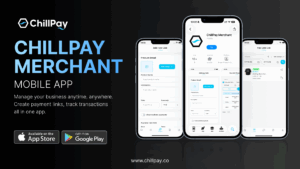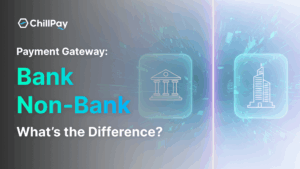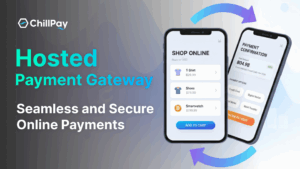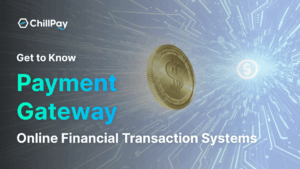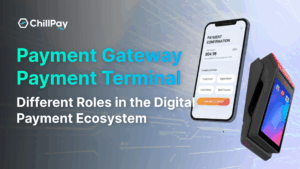In today’s rapidly growing digital economy, consumer behavior has shifted from traditional purchasing to conducting almost every transaction online, from paying for goods and services to subscribing to various digital services. Behind this seamless convenience lies the payment infrastructure, which connects customers, merchants, and financial institutions in a secure and frictionless way.
The Payment Gateway (PG) has emerged as a critical technology that enables safe and efficient online payments. At the same time, 3D Secure 2.0 plays a key role in enhancing security standards, mitigating risks, and building trust for both consumers and merchants in the digital ecosystem.
What is a Payment Gateway?
A Payment Gateway (PG) acts as an intermediary system connecting online merchants with banks or financial service providers to facilitate fast, accurate, and secure online transactions. Think of a PG as a bridge that collects payment information from a customer, transmits it to the bank for verification, and returns the authorization result to the merchant—all automatically within seconds.
Beyond processing payments, PGs allow online businesses to accept multiple payment methods, including credit cards, debit cards, direct bank transfers, and e-wallets, meeting the expectations of modern consumers who value variety and convenience.
One of the most important functions of a Payment Gateway is security. PGs encrypt sensitive data such as credit card numbers and personal information, protecting both merchants and customers and instilling confidence in the transaction process.
How a Payment Gateway Works
While the checkout process may appear simple—“enter card number → click pay → done”—PGs perform a series of complex and secure steps behind the scenes:
- Customer selects products and payment method
The user chooses their items and selects a payment option, such as credit/debit card or a payment link. - Data encryption and transmission
The website or app collects payment details, encrypts them for security, and sends them to the Payment Gateway. - Gateway verification and forwarding
The PG forwards the information to the issuing bank for validation, checking card authenticity, account balance, and status. - Bank response
The bank responds with an approval (or decline) to the PG if the details are correct and funds are sufficient. - Notification to merchant and customer
The PG communicates the result in real time to both the merchant and the customer. - Settlement to merchant account
The payment is transferred to the merchant’s account according to the provider’s settlement schedule, usually within 1–3 business days.
All of these steps occur in mere seconds and are safeguarded by multiple layers of security to prevent errors, data theft, and fraud.
Types of Payment Gateways
Businesses can choose PGs according to their operational needs and customer requirements:
- Bank Payment Gateway
Developed and provided directly by banks, offering the highest security standards and strong customer trust. They may require strict conditions, such as minimum transaction volumes or deposits. Examples in Thailand include K-Payment Gateway (Kasikorn Bank) and Merchant iPay (Bangkok Bank). - Non-Bank Payment Gateway
Provided by private companies, these are flexible, easy to implement, and support multiple payment channels. They are ideal for SMEs or small online stores. Examples include PayPal, Omise, and 2C2P. - Hosted Payment Gateway
Customers are redirected to the provider’s payment page during checkout. Merchants do not store sensitive payment data, reducing compliance and security burdens, such as adherence to PCI DSS standards. - Integrated Payment Gateway
Payment details are entered directly on the merchant’s website or app, offering a smoother, more professional checkout experience. Merchants, however, take on more responsibility for data security.
Conclusion
Payment Gateways are the backbone of online transactions, connecting customer input to merchant accounts while ensuring multiple layers of security. Choosing the right type of PG—whether bank-based, private, hosted, or integrated—directly impacts convenience, trust, and the overall customer experience.
When combined with modern security protocols like 3D Secure 2.0, PGs create a robust, secure, and fraud-resistant online payment system, forming the foundation of the modern digital commerce ecosystem.

